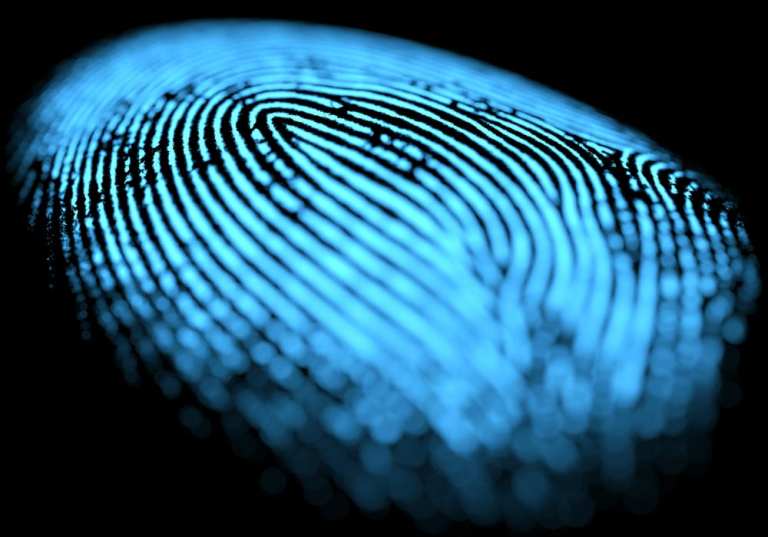
The COVID-19 pandemic has upended the way businesses and government agencies verify their customers’, clients’ and citizens’ identities.
Social distancing restrictions implemented to curb the virus’s spread are preventing compliance professionals from obtaining physical identification documents and holding in-person meetings that typically enforced anti-money laundering/know your customer (AML/KYC) compliance. This is fueling a wave of interest and need for digital alternatives, many of which leverage biometric technology.
Biometric recognition technology uses a combination of artificial intelligence (AI) and machine learning (ML) to scan, analyze and store users’ biometric data, such as fingerprints, facial features, voices or even online browsing patterns to confirm that users are who they say they are.
The technology itself is not new — many consumers already use biometric authentication in their daily lives, with 80 percent of consumers using their fingerprints to unlock their smartphones, for example. What is new is the way in which the technology is being incorporated into businesses’ broader efforts to comply with relevant AML/KYC regulations to help mitigate identity theft and fraud and the legislation being adopted to support those technologies and govern the ways they are implemented.
Compliance Enforcement Goes Remote With Biometrics
AML/KYC compliance tools that leverage biometrics are generally comprised of two phases: biometric scans and identity documentation scans. Individuals use their smartphones or other specialized scanners to take pictures of documents, such as driver’s licenses or state-issued IDs, and scan their faces, fingerprints or irises and upload these images into a database. Businesses and government entities can then use biometric data to match them with their official documents in their databases and verify their identities.
This process removes the necessity of submitting documents in person and also results in a faster, more automated and secure way to verify users’ identities. It follows that the demand for biometric verification tools would be on the rise amid the pandemic as many firms must limit in-person meetings.
This demand and the security benefits are not the only factors driving biometric AML/KYC tools’ adoption, either. Many governmental institutions and industry watchdogs have been encouraging the use of biometric technology to bolster the fight against fraud during the pandemic. The Financial Action Task Force published detailed guidelines in March recommending that financial institutions (FIs) use biometric identity verification, for example.
The rising demand for such tools also led to increased investments in the technology. Biometric identity technology developer Trust Stamp was able to secure more than $1 million in funding in two days, for example, while biometrics startup PXL Vision recently raised $4.7 million to expand its facial recognition and ID documentation verification services internationally.
Digital Innovation, Legal implementation
Technological innovation is only one step in the broader movement toward greater digital AML/KYC adoption, however. Legislation also plays a key role, as demonstrated by recent developments in the real estate sector. Biometric AML/KYC tools have gained particular importance in this industry, in which physical identification documents and in-person meetings are standard procedure. The in-person meetings and physical document submission required for notary services have become hazardous and unlawful in certain jurisdictions amid the health crisis. The U.S. has thus been experiencing a surge of interest in remote online notary (RON) services.
The trouble is that RON services have not been legal in the country until recently. Virginia became the first state to legalize RON services in 2012, but most other state governments did not follow suit until the pandemic made in-person notary services impossible.
Biometrics have played a key role in many of the digital AML/KYC requirements states have enacted. Pennsylvania Gov. Tom Wolf recently granted temporary authorization for RON services, for example, on the condition that the technology used meets several stipulations, including being able to provide audiovisual recordings of any notaries taking place and being able to verify individuals with biometrics. Florida enacted its own biometric requirements in 2019. The state’s legislature determined that digital identity proofing for notaries requires “a third party [affirming] the identity of an individual through public or proprietary data sources,” including knowledge-based authentication (question and answer systems) or biometric verification. There are currently 24 states that have enforced some type of AML/KYC guidelines for remote notary services, in fact, with most adopting them during the health crisis.
Many RON providers are seeing their businesses flourish in light of the recent legalization of digital notary services. Washington, D.C.-based digital notary firm Notarize, which uses a combination of document- and biometric-based identity verification, has been experiencing record growth. The firm’s CEO, Pat Kinsel, declared on Twitter that his firm’s volumes have been growing at a rate of 30 percent per day. The RON business is nevertheless limited to states in which digital AML/KYC compliance standards have been either approved or enacted by necessity to cope with the pandemic.
There are still no guidelines for remote notary enforcement at the federal level, but that may change soon. Legislation proposing federal guidelines for remote notary services was introduced on the U.S. Senate floor in late March, although the bill has yet to pass.
The rapid developments witnessed in the real estate industry’s adoption of biometric-enabled technologies could be a harbinger for what’s to come. Other formerly paper-centric industries could take similar measures to adopt biometric-driven verification methods as the pandemic progresses and continues to up-end traditional processes.